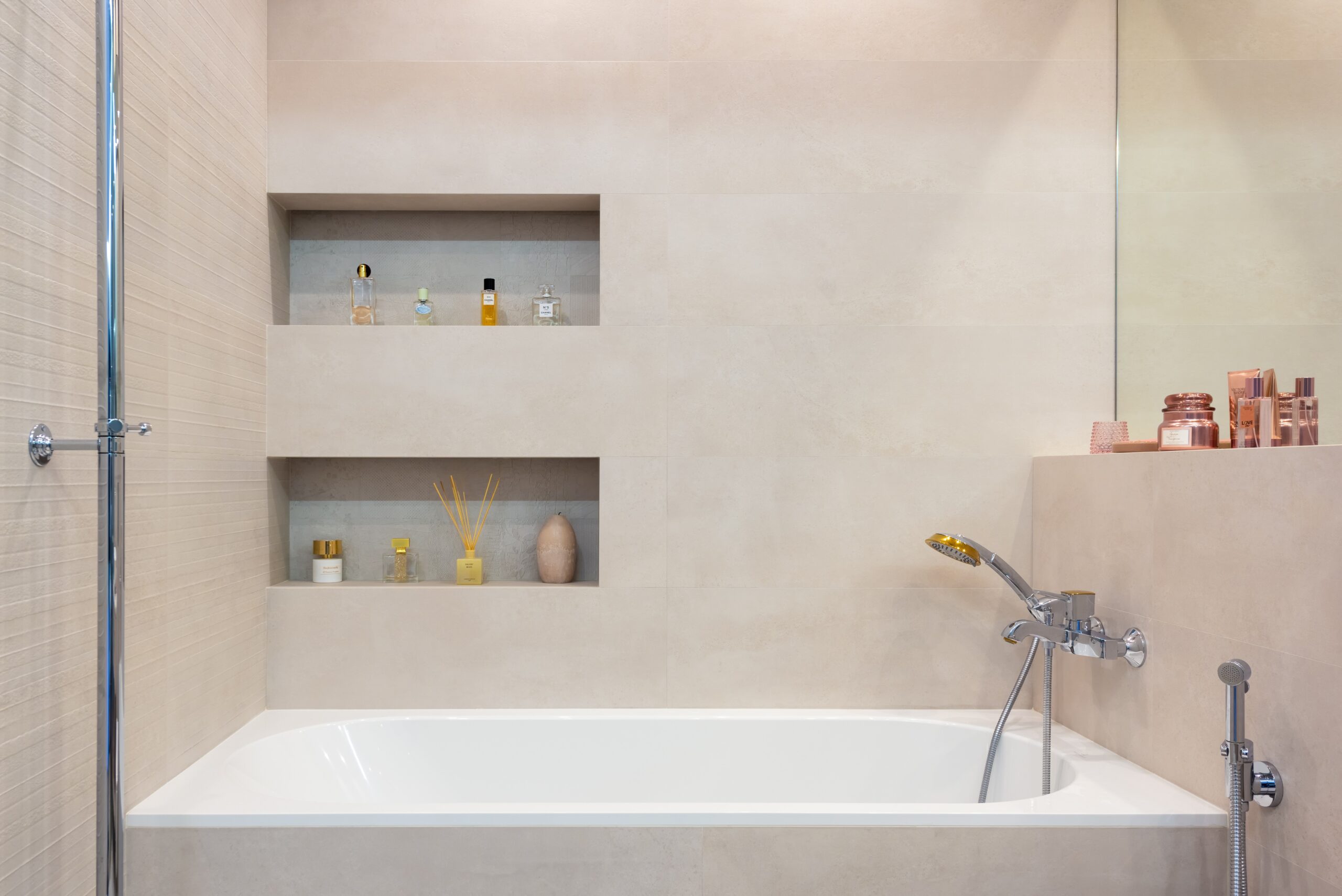Essential Tips for Ensuring Bathroom Safety
Bathrooms are essential spaces in our homes where we perform daily tasks like bathing, grooming, and using the toilet. However, they can also pose risks if not properly designed and maintained for safety. Here are some straightforward and practical tips to help you create a safer bathroom environment for everyone in your household.
**1. Slip and Slide No More: Non-Slip Surfaces One of the primary concerns in bathrooms is the potential for slips and falls, often caused by wet floors. To prevent accidents, make sure you use non-slip mats or rugs both inside and outside the shower or tub. These mats provide traction and can significantly reduce the risk of falling.
**2. Light Up the Way: Adequate Lighting Proper lighting is crucial for preventing accidents in the bathroom, especially during nighttime visits. Install bright, energy-efficient bulbs and consider adding motion-sensor lights near the entrance or in high-traffic areas. This way, you’ll always have sufficient illumination without needing to fumble for switches.
**3. Hold on Tight: Grab Bars Installing grab bars near the toilet, shower, and bathtub can offer valuable support, especially for those with limited mobility. These bars provide something to hold onto, helping individuals maintain their balance while moving around the bathroom. Make sure the bars are securely mounted to the wall for maximum effectiveness.
**4. Step with Care: Bath Mats and Rugs Placing bath mats and rugs not only helps prevent slipping but also provides a cushioned surface that can reduce the impact in case of a fall. Choose mats with rubber backing to keep them securely in place and replace them if they start to show signs of wear.
**5. Hot or Not: Water Temperature Scalding hot water can lead to burns, especially for children and older adults with sensitive skin. Adjust your water heater to a safe temperature or consider installing anti-scald devices that regulate water temperature, preventing it from getting too hot.
**6. Clear the Clutter: Organized Space Keep the bathroom organized by decluttering countertops and ensuring that toiletries, towels, and other items are stored away properly. A tidy bathroom not only reduces the risk of tripping over things but also makes cleaning easier.
**7. Locked for Safety: Childproofing If you have young children, consider childproofing the bathroom by using toilet seat locks and cabinet locks. These simple measures can prevent curious kids from accessing potentially harmful items.
**8. Steady Steps: Slip-Resistant Flooring If you’re considering a bathroom remodel or update, think about using slip-resistant flooring materials. Tiles with a textured surface can provide better grip, reducing the likelihood of slipping on wet floors.
**9. Stay Hygienic: Regular Cleaning Regularly cleaning your bathroom not only keeps it looking fresh but also helps prevent the growth of mold and mildew. These can make surfaces slippery and pose health risks, especially for individuals with respiratory conditions.
**10. Accessible Design: Consider Universal Design Elements If you’re planning a bathroom renovation, think about incorporating universal design elements. These features, such as walk-in showers with low thresholds, lever-style faucets, and wider doorways, ensure that your bathroom is accessible to everyone, regardless of age or ability.
In conclusion, ensuring bathroom safety is a matter of practicality and consideration for everyone who uses the space. By implementing these simple tips, you can significantly reduce the risk of accidents and create a bathroom environment that promotes well-being and comfort for all.
